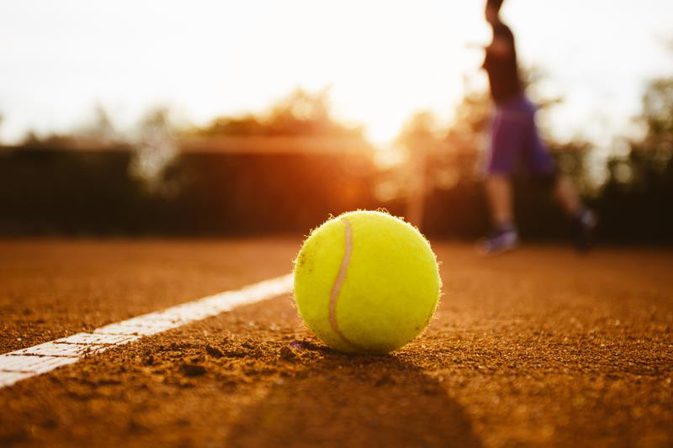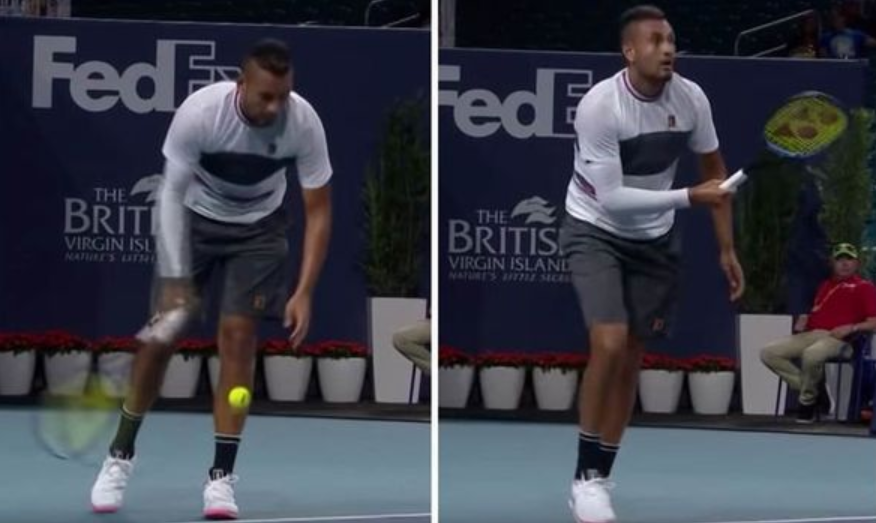by Net and Clay in Paris, France
The French Open is from May 26 to June 9, 2019, but the French Federation of Tennis better pick up the pace of construction. On our trip to Paris, we attempted to tour Stade Roland Garros, but it is closed to the public outside of the French Open, and has been since 2015. We were like religious pilgrims during this week before Easter and Passover, deprived of seeing our clay court Mecca and relegated to scouring the perimeter to get a peek at something to report.
Stade Roland Garros is in the outskirts of Paris, easily accessible by the Metropolitan, next to the lovely Jardin de Serres d’Auteil. The stadium is named for Roland Garros, an aviation pioneer and decorated fighter pilot killed in combat during the Great War, who had been imprisoned with Charles de Gaulle. Other than his impressive military and aviation accomplishments, it’s unclear why the stadium is named for someone who had no connection to tennis.
With only a month away, the new Philippe-Chatrier central court looks skeletal from the outside. It is huge, though. Reports say between 800 and 900 workers have been working “day and night” on the site, and we can attest to seeing the housing for the workers in the residential containers or trailers, stacked two high. Were we viewing the underbelly of professional tennis, as we would by getting a glimpse of the lifestyle of the backstretch workers at a thoroughbred racecourse in the United States, where the workers are migrant, under-compensated and unseen in so many ways in the midst of such wealth and celebrity? We certainly hope not, since this year’s French Open purse increased 8% from last year’s, to a total of 42,661,000 Euros, with winners taking home the tidy sum of 2.3 Euros. The defending champions are Rafael Nadal and Simona Halep.
The current footprint of the stadium and the beginning of the modern French Open harks from 1927. After a hiatus during the second World War, the Australians, including Rod Laver, Ken Rosewall and Margaret Court (still holding the most titles – her name might have something to do with it), took the limelight, but when the sport became professional in 1968, Björn Borg and Chris Evert dominated the event. Even though Rafa’s name comes up in Google searches for French Open titles, his 11 titles are two shy of Margaret Court’s 13.
We got a glimpse of the delightful signs that point to Wimbledon at 365 kilometers away; Flushing Meadows, 839; and Melbourne Park 16,950 kilometers. We also saw the charming Tudor-style ticket booths, as well as the historical Orangery in the adjacent gardens, built in 1898 and recently restored according to archival architect drawings. And we also got a glimpse of the old arena, fashioned in the Brutalism style of architecture, where the names of the winners are recessed in the concrete frieze. True to the name of the architectural style, what I saw was: 1977, Borg above Ruzici and 1978, Borg above Lloyd. Man over woman. Maybe in the new Phillippe-Chartrier stadium, with the retractable roof coming in 2020, they’ll put the names of the women’s champion over the men’s. I’m not trying to be a detractor: I’m simply being contemporary. Truly, though, the burnt sienna colors of the signage gave me goosebumps, and I hope to be back for the French Open sometime very, very soon. And, as promised, I am bringing back some authentic French Open merchandise for this website’s friends and supporters.

P.S. Last evening we went to the Montparnasse Tower to have a counter-perspective of the sights we saw the day before from the Tour Eiffel, and were shocked to see Notre Dame burning. Our words cannot adequately express what we saw.




